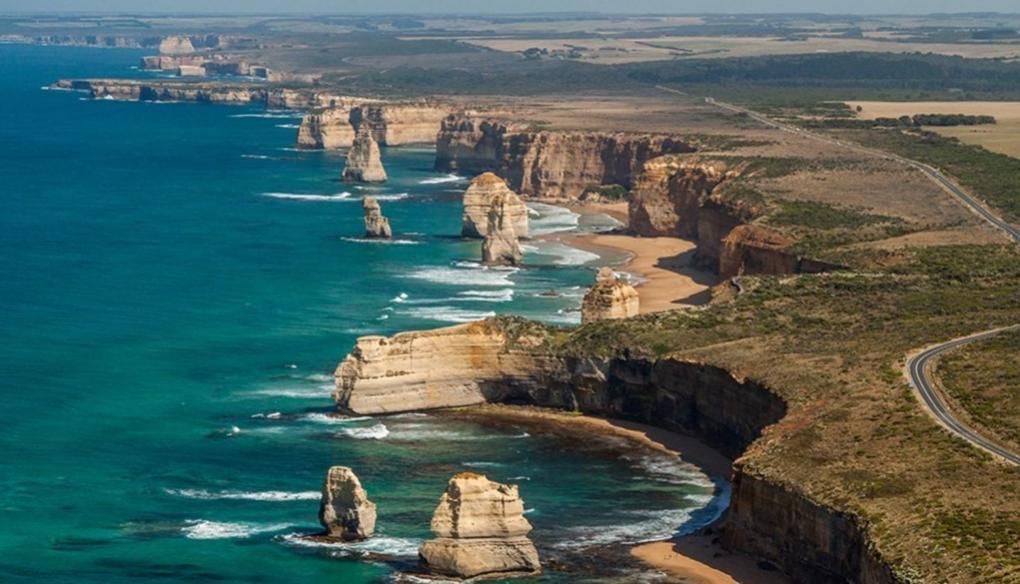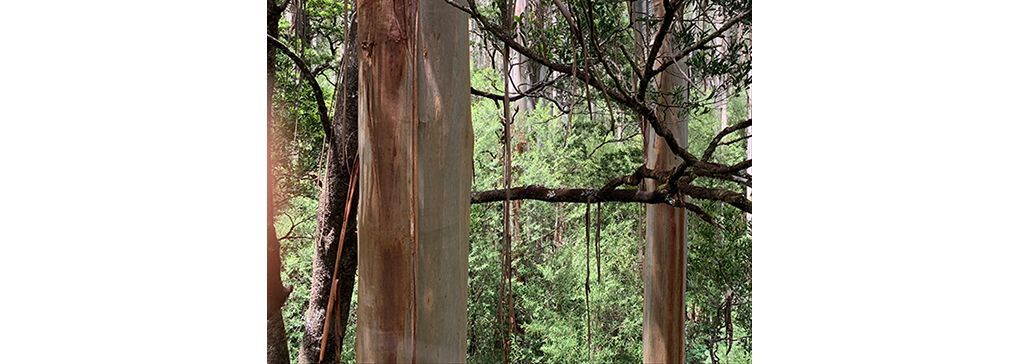The Great Ocean Road

After A&R of Oakleigh visited the Otway Ranges along the The Great Ocean Road around this time last year, I was itching to re-visit this beautiful area along the southern coast of Victoria.
You can refresh your memory by reading the post here:

The Great Ocean Road was built to provide returned soldiers with work and was paid for by public funds. Dedicated to the fallen, it became a form of war memorial. At 242 kilometres long, its construction continued from 1919 to 1932. Over 3000 returned servicemen endured harsh living and working conditions to complete the project.
The Great Ocean Road was added to the Australian National Heritage List in 2011 in recognition of its historic and natural significance. 1


Below some photos I took along The Great Ocean Road.
Devils Elbow plaque commemorates World War One servicemen who built the Great Ocean Road as a tribute to their fellow soldiers who died in action or were killed in action in World War One.
The plaque is part of a series of 13 which sculptor Dr Ross Bastiaan designed for the Colac Otway and Surf Coast shire councils for the Great Ocean Road's 75th anniversary celebrations.2



Twenty million years ago as the ocean retreated and the limestone cliffs eroded by powerful surf and salt of the erratic and moody Southern Ocean cavernous caves formed in the soft rock and eventually became majestic arches framing the sea. The surf and storms were relentless and eventually, the arches collapsed to make the towering stacks we see today soaring up to 45 meters in height. Naming them the 12 Apostles, was a marketing ploy as in living memory there was only ever 9 apostles, and now there are just 8. 3
I was lucky enough to enjoy this awesome coastline by helicopter.




When I first drove along this road in 1988, one of the famous rock formations was called London Bridge and like everyone else I walked across it, despite signs indicating it could be dangerous. In 1990 two unsuspecting travellers were not so lucky as the bridge collapsed, leaving them stranded on the newly formed island.
Thankfully a couple of hours later they were rescued by helicopter.
Despite the name the 12 apostles, there are only 8 left standing as Mother Nature, time and the salty waters have caused several of the apostles to fall.

As idyllic as it looks, this section of the coastline experiences fierce ocean storms and is named the Shipwreck Coast, with around 700 shipwrecked vessels submerged in its waters.
The most famous shipwreck story is that of the Loch Ard, which disappeared on its way to Melbourne from England in June 1878. Caught up in fogs along the coast, the captain thought he was miles away from the cliffs of the Australian mainland, but in fact, he was fatally close.
The ship hit Mutton Bird Island killing 52 of the 54 people on board. The only survivors were Eva Carmichael and cabin boy Tom Pearce, who managed to spend the night in a cave before climbing the cliffs and finding help once the bad weather had cleared.3
This inlet is now called Loch Ard Gorge and as you can see below the entrance is small. Its a popular stop with a sandy (but treacherous) beach and cemetery where Tom and Eva’s less fortunate shipmates are buried.
As we descended the steep staircase, it was hard to imagine how Tom scaled the high rough cliff-face.



Tucked away behind this majestic coastline the Otway National Park features tall forests, ferny gullies, magnificent waterfalls and tranquil lakes.
As A&R explained much of the Otway Ranges is a cool temperature rainforest. The sun may be shining on the coast, however the short drive into the hinterland will usually be cool and wet, adding to the mystery and sense of discovery along some of the rainforest trails. Tomorrow join me in a short rain forest walk at Maits Rest.
Credits
1. naa.gov.au
2. monumentaustralia.org.au
3. greatoceanroadmelbournetours.com.au

